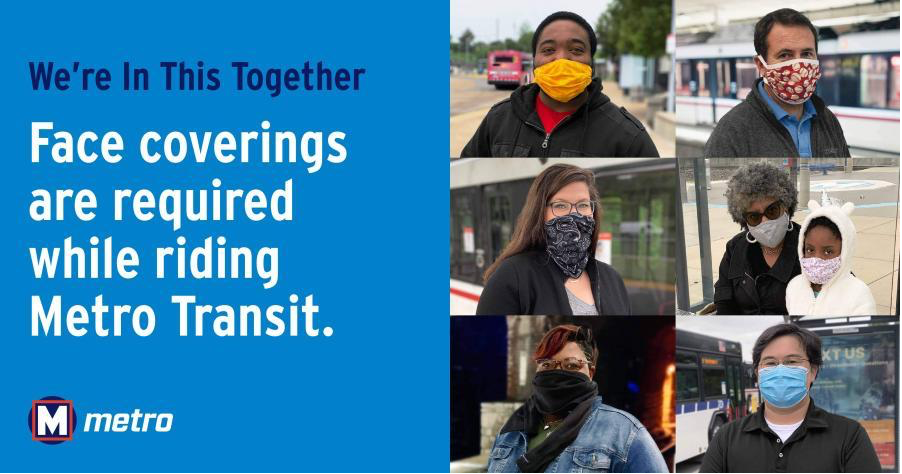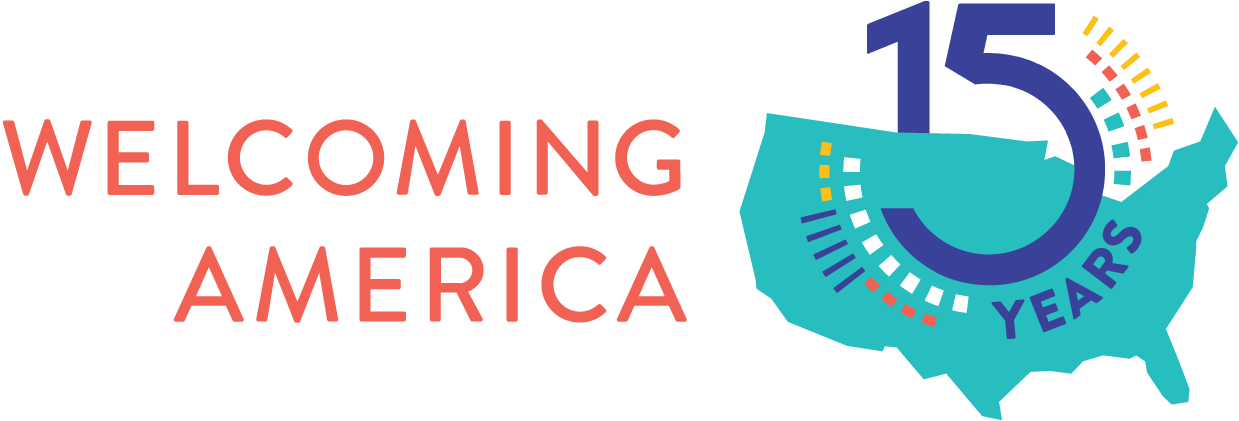
Resilient Responders: Making COVID-19 information, transit updates more accessible in St. Louis
As the pandemic began escalating in early 2020, the Welcoming Network mobilized in communities from Vermont to Texas to meet the pressing and often overlooked needs of immigrant and refugee communities. Through our Resilient Rapid Response Initiative, see how our members rose to the occasion and responded to community needs in this “Resilient Responders” blog series.
Submitted by: Betsy Cohen, Executive Director, St. Louis Mosaic Project
In 2020, you received a grant as part of the Resilient Rapid Response Initiative, which was aimed at boosting inclusive emergency response to the COVID-19 pandemic in welcoming communities. Could you share briefly how your organization used the funds?
We applied the fund into two components: One is to work with Casa de Salud, our health clinic that serves the region’s underserved immigrant community, to develop and distribute COVID-related multilingual materials on their periodic health screenings and COVID referral services. The other is to collaborate with our large transit organization, Metro Bi-State, to create and share multilingual materials on safe transportation that emphasize COVID-related information.
What were some of the early results or notable impacts? Are there any specific stories that come to mind?
Casa de Salud is a small and nimble organization, with a very focused mission and patient base. Our Round One of materials (early Summer 2020) promoted possible symptoms of COVID-19; drove awareness of a COVID-19 testing event with a local health provider who was sending a van to do the testing on site at Casa de Salud, because Casa is a trusted place for these underserved patients. It was straightforward for Casa to use their professional knowledge of their client base to create a “plain language-mostly pictures” flyer to promote the event and then we were able to have this translated into several languages through the translation services of the International Institute of St. Louis.
Our Round Two (late Summer 2020) of materials created were to drive awareness of where additional testing sites in the region are located and how to access them. Round Three is in development now in response to the intersection of flu season. We are working now to give patients information on the needs of flu shots and COVID information in this colder season, why this is important, as having two different issues and shot sequences will be confusing to the immigrant population that Casa serves.
Metro Bi-State is a large regional transit organization with buses and light rail in our two-state region. For Round One, early in the summer we had planning calls to learn how transit information for new COVID safety measures would be most useful to refugees and others who depend on mass transit. This resulted in moving the Google Translate option to the top of the web page, as well as becoming aware of multilingual materials produced by Metro Bi-State to share with refugee clients.
With the Institute’s assistance, we identified the top six languages spoken by our immigrant and refugee communities and completed the translations via the International Institute late summer. These translations with graphics will be used in buses and shared directly through our immigrant organizations (pictured left).
For Round Two in Fall 2020, we will evaluate developing multilingual print/digital advertising for ethnic media and to place in ethnic food markets, as well as creating robo-calls in six languages on transit and public health updates. In addition, we will help promote a new on-demand transit service to immigrant communities as an option for safe transportation. This is work in progress.
As the pandemic continues with no end in sight, have the needs of immigrants and refugees in your community changed? What are the challenges that remain with making your local emergency response more inclusive?
As the pandemic continues and our region opens up slightly, more immigrants and refugees will start going back to work and attending our classes. We will need more transit information to reach them in different ways.
We need to anticipate this and develop and identify appropriate and comprehensive outreach communication methods. We want transit users to feel more comfortable and do the right things while traveling to stay safe, and to keep other riders and drivers safe in the transit space.

